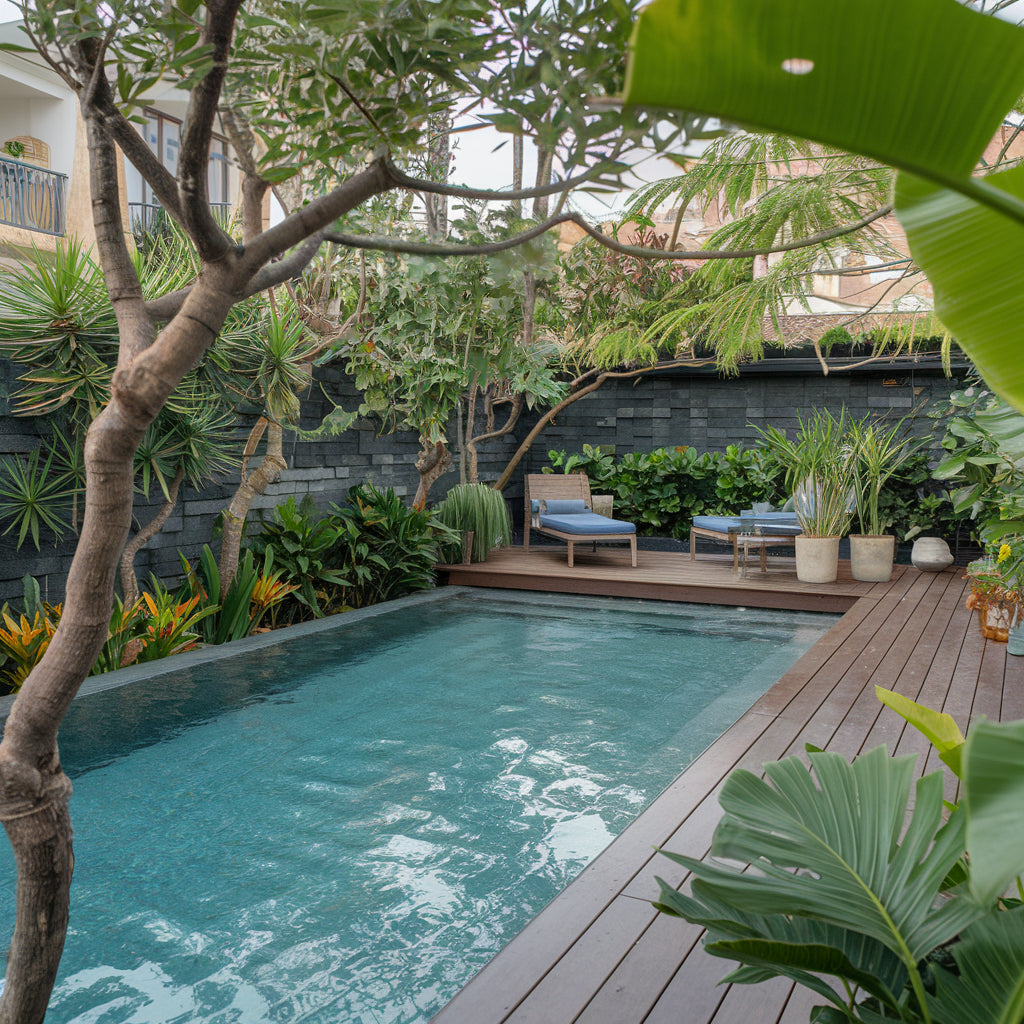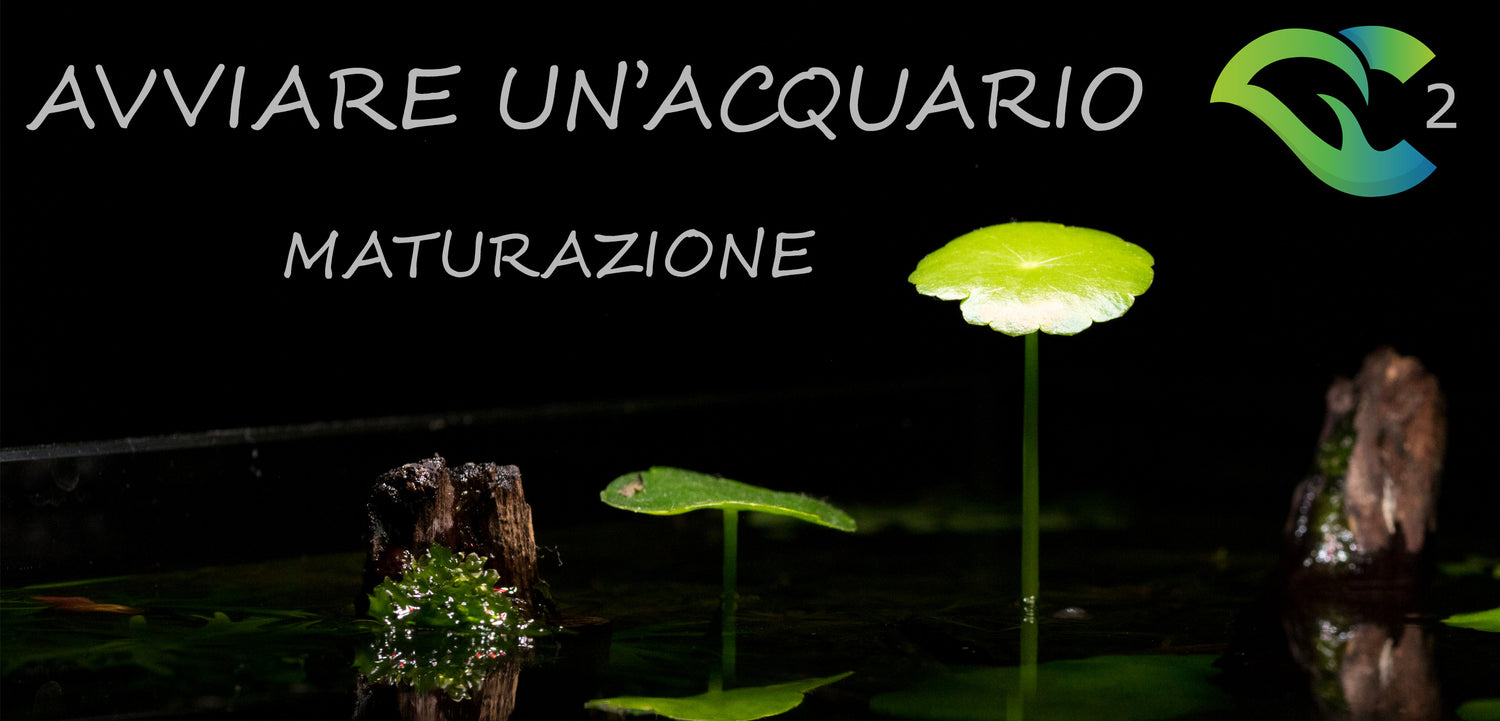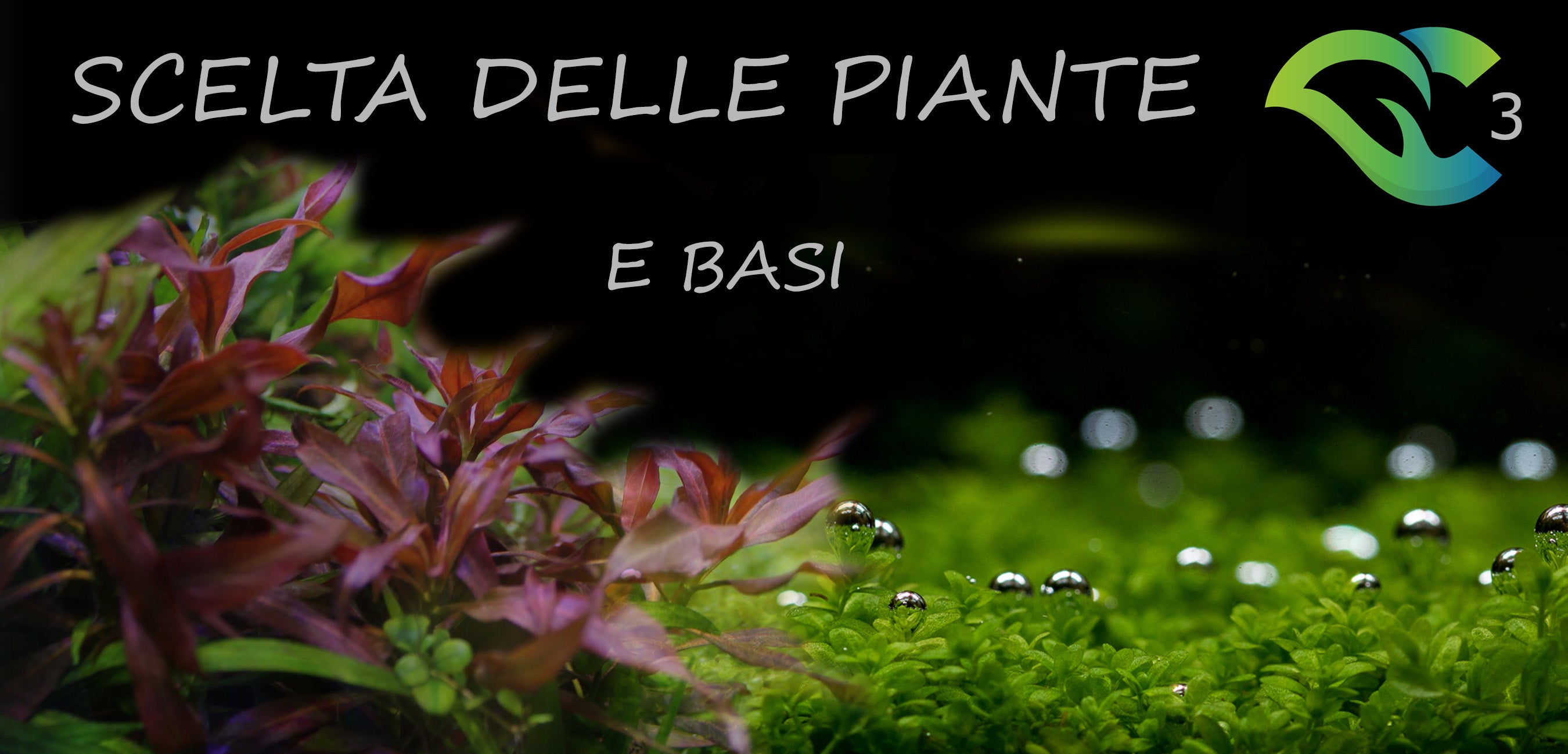Starting an aquarium correctly is the basis for obtaining excellent results in our small underwater world.
Many do not consider the fact that, from the filling of the tank to the entry of the fish, there are many biochemical processes in the middle of the path. The aquarium will therefore undergo a maturation process, essential to create the conditions necessary to host your future fish and thus establish a natural balance in the ecosystem. THEREFORE IT IS NOT POSSIBLE TO ADD FISH BEFORE THIS PERIOD!
The driving force behind many of these processes are different strains of bacteria. I will not go into too articulate and complex speeches concerning more specifically scientific branches, but I would like to present briefly what is happening.

NITROGEN CYCLE
One of the processes underlying the maturation of our aquariums concerns the so-called "nitrogen cycle". In the aquarium, it is in charge of the aquatic balance in managing the waste produced by living beings.
You have almost certainly heard of Ammonium (NH4), Nitrites (NO2) and Nitrates (NO3) in the aquarium industry. They are chemicals that underlie the nitrogen cycle that occurs in the aquarium. The process has the task of transforming the most polluting toxic substances (Ammonium, Nitrites) into less aggressive substances (Nitrates) and then partially eliminating them (releasing nitrogen into the atmosphere).
The engine of this cycle is represented by three types of bacteria:
- a first kind of bacteria, called Nitrosomonas, will take care of transforming carbon dioxide into organic carbon, using the ionic energy that transforms the ammonium present in Nitrites. NH4 à NO2
- a second kind of bacteria, called Nitrobacter, will oxidize the Nitrites present in Nitrates. NO2 to NO3
- a third group of denitrifying bacteria (Pseudomonas, Clostridium) will be able to metabolize organic carbon thanks to nitrates and thus release gaseous nitrogen. The percentage of Nitrates present in the water will therefore be reduced.
As already anticipated, I do not go further into too complex speeches since the amount of cycles and processes that take place in an aquarium would be much larger.

HERE ARE THE STEPS TO FOLLOW TO START AN AQUARIUM:
If you need advice on the use of accessories and materials in the aquarium, here is my specific article: CHOICE OF ACCESSORIES AND MATERIALS.
1) WATER TREATMENT:
The water to be used for our aquarium can come from our tap, from our osmosis system or from both sources.
If you use tap water you will have to previously treat it with a water conditioner that will remove heavy and toxic substances such as chlorine and heavy metals.
If you use osmosis water you will necessarily have to rebuild it according to your needs through specific salt supplements. Otherwise, you can go and split it / cut it with tap water, if the latter is "hard" enough (ph and total hardness high enough). Obviously it is always recommended to treat it with the water conditioner.
2) FILLING
Once your water is ready, you can start filling your aquarium.
During this phase you can decide to start the tank empty or add the plants, in the second case you can plant them by first moistening the bottom and the materials or filling the aquarium for about 5 cm with water.
If you have created a good layout with your materials and you have already inserted the bottom, be careful not to lift it or collapse the set up with a jet of water, so I recommend using a lid, a bag or a paper towel so as not to hit. the materials directly. ATTENTION: if you insert roots that are still not drained and mature, they will tend to float, therefore they will be fixed to the bottom.
Once you have finished filling, turn on the heater, filter and, if you have it, your CO2 system.
3) BACTERIA INSERTION
Once the aquarium has been filled and started, it will be necessary to insert bacterial strains. There are various kinds of products containing the bacteria that will populate our bottom and our filter and will deal with all the processes related to the nitrogen cycle.
They will be essential at an early stage and can be replenished during future water changes.
In this regard, in my shop I offer highly selected products that contain colonies of LIVE bacteria already active and ready to populate your aquariums à Bacterial activators
4) MATURATION
After completing the previous steps, you just have to wait and let the ecosystem activate. I highly recommend checking the chemical values through special tests to check the hardness and characteristics of your water. You can also check the values of Nitrites, Nitrates to verify that everything is going well. (SEE NITROGEN CYCLE)
5) WATER CHANGES
I recommend making small water changes (5/10%) weekly starting from the second week based on your water characteristics. There may be cloudiness of the water, the appearance of mucilage on the wood and signs of activation of the bacterial flora.
These are totally normal signs during the maturation of the aquarium and over time the situation will stabilize, do not worry.
For aesthetic factors and / or accumulation of fertilizing substances, I recommend small water changes.
6) FERTILIZATION
As for fertilization, I recommend not to start before one or two weeks from the start. Then you can start fertilizing according to the needs of your plants.
ATTENTION: if you use allophanic lands (eg Akadama) you will encounter longer maturation times and changes in the structure of your water due to the absorption of the salts by the bottom. Once the fund is saturated the situation will start to stabilize.
In this case, I recommend a minimum ripening period of a month and a half and planting when the situation is stable. Many plants would not tolerate such low water hardness values.
Go to LESSON 3
The contents on the blog "ACQUARI e ACQUASCAPING", of which the blog owner is the author, cannot be copied, reproduced, published or redistributed because they belong to the author himself.
It is forbidden to copy and reproduce the contents in any way or form.
The publication and redistribution of content not expressly authorized by the author is prohibited.
Copyright © 2021 ACQUARI e AQUASCAPING by Christian Tapella. All rights reserved





Leave a comment
All comments are moderated before being published.
This site is protected by hCaptcha and the hCaptcha Privacy Policy and Terms of Service apply.